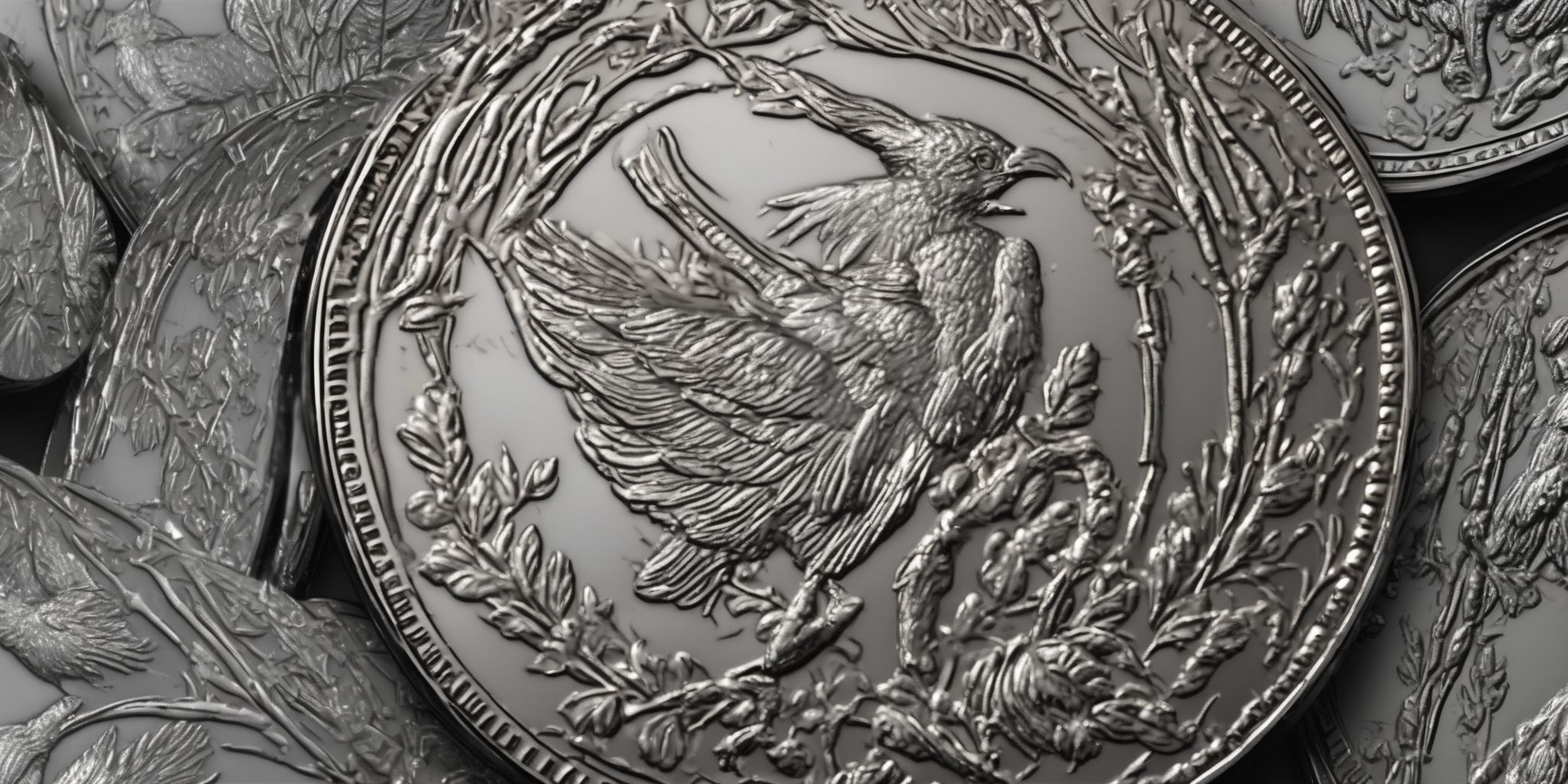Exploring Cash Advances in the US: Understanding the Process
In today's fast-paced and ever-evolving world, we often find ourselves facing unexpected financial challenges. Whether it's a sudden medical expense, a vehicle repair, or simply an urgent bill, these situations can leave us scrambling to find quick solutions. One option that many Americans turn to in these moments of financial strain is cash advances. But what exactly are cash advances, and how do they work?
In this article, we will dive deep into the process of exploring cash advances in the US, shedding light on the ins and outs of this often misunderstood financial tool. So, let's unravel the mysteries together, as we strive to understand how cash advances can help navigate unforeseen financial hurdles and perhaps even discover some hidden gems along the way.
What are Cash Advances?
Cash advances, also known as payday loans or cash loans, are short-term borrowing options that provide immediate access to cash. They are typically used to cover unexpected expenses or bridge financial gaps until the next paycheck. With cash advances, individuals can borrow a small amount of money for a short period, usually until their next payday. These loans can be obtained from various lenders, including storefronts and online platforms.
The application process is typically simple and quick, often requiring minimal paperwork and no credit checks. However, it's important to understand the repayment terms and associated fees before opting for a cash advance to avoid potential financial difficulties.
Why are Cash Advances Used?
Cash advances in the US are commonly used as a short-term financial solution for individuals facing immediate cash needs. They offer quick access to funds, making them suitable for unexpected expenses or emergencies.
For example, if someone's car breaks down and they urgently need repairs, a cash advance can provide the necessary funds until their next paycheck. Similarly, cash advances are used to cover medical bills or avoid late payment fees. However, it's important to use cash advances responsibly and only when necessary since they usually come with higher interest rates and fees compared to traditional loans.
How Do Cash Advances Work?
Eligibility Criteria for Cash Advances
To be eligible for cash advances in the US, certain criteria must be met.
Firstly, applicants typically need to be at least 18 years of age and have a valid identification document.
Additionally, they must demonstrate a stable source of income, such as employment or a regular government benefit. Lenders may also consider the applicant's credit history to assess their repayment capability. While different lenders may have specific requirements, meeting these general criteria is a common starting point for obtaining a cash advance.
Applying for a Cash Advance
When applying for a cash advance in the US, it's important to gather the necessary documentation beforehand.
Typically, you'll need to provide proof of identity, such as a valid government-issued ID, and proof of income, like pay stubs or bank statements. Some lenders may also require a post-dated check or access to your bank account for repayment purposes. Fill out the application accurately and double-check for any errors. The lender will evaluate your application and determine if you meet their eligibility criteria, which often includes having a regular source of income. Remember, each lender may have specific requirements, so it's essential to read the terms carefully before applying.
Repayment of Cash Advances
Repayment of Cash Advances in the US follows a specific structure.
Typically, the borrowed amount plus interest and fees need to be repaid within a short period, often ranging from a few weeks to a few months. The repayment is usually made in installments, with equal payments due at regular intervals. It's crucial to carefully review the repayment terms and ensure they align with your financial capabilities. Failure to make timely repayments can result in additional fees and negatively impact your credit score. To avoid any issues, set up reminders or automatic payments to ensure you stay on track. Planning ahead and budgeting effectively can help you manage your cash flow and repay the advance in a timely manner.
Interest Rates and Fees
Interest rates and fees are an important consideration when obtaining a cash advance in the US.
Typically, cash advances come with higher interest rates compared to traditional loans or credit card transactions. This is because they are designed as short-term solutions and carry a higher risk for the lender.
Additionally, fees such as upfront charges or transaction fees may apply. When evaluating cash advance options, it is crucial to carefully review and compare these rates and fees. Understanding the total cost of borrowing helps in making informed decisions and avoiding unnecessary financial burden. It is recommended to explore different lenders and read the terms and conditions to find the most favorable rates and fees for your specific needs.
Cash Advances US: Considerations
When considering cash advances in the US, it's important to factor in certain considerations.
Firstly, evaluate the urgency of your financial need and explore alternatives like personal loans or credit cards, which may offer lower interest rates.
Secondly, carefully read and understand the terms and conditions of the cash advance, including the repayment schedule and any additional fees.
Thirdly, assess your ability to repay the loan within the given timeframe to avoid potential long-term financial strain. Lastly, be cautious of predatory lenders and only work with reputable financial institutions. Taking these factors into account will help you make a more informed decision when it comes to cash advances in the US.
Pros and Cons of Cash Advances
Advantages of Cash Advances
Cash Advances US offer several advantages to individuals facing short-term financial needs.
Firstly, they provide quick access to funds, often within 24 hours of approval, allowing immediate addressing of urgent expenses.
Additionally, the application process is simple and straightforward, requiring minimal paperwork and usually no credit check. Cash advances also offer flexibility in repayment options, enabling borrowers to choose a suitable timeline. Furthermore, these advances can be used for various purposes, such as covering unexpected medical bills, car repairs, or emergency travel expenses.
Disadvantages of Cash Advances
The Disadvantages of Cash Advances US:
- High interest rates: Cash advances often come with high interest rates compared to other forms of borrowing, making them costly for consumers.
- Additional fees: In addition to interest charges, lenders may impose additional fees such as cash advance fees and transaction fees, further increasing the overall cost.
- Debt cycle risk: If borrowers are not careful, cash advances can trap them in a cycle of debt, continuously relying on new advances to pay off existing ones.
- Negative impact on credit score: Failing to repay cash advances within the agreed terms can harm credit scores, making it harder to access favorable loan rates in the future.
- Limited borrowing amount: Cash advances usually have a maximum borrowing limit, which may not suffice for larger financial needs. Exploring alternative sources like personal loans or credit cards may be more suitable in such cases.
Alternatives to Cash Advances
Option 1: Personal Loans
- Personal loans can be a viable alternative to cash advances in the US.
- They provide borrowers with a lump sum of money that can be used for any purpose.
- Personal loans typically have lower interest rates compared to cash advances, saving you money in the long run.
- You can obtain personal loans from traditional banks, online lenders, or credit unions.
- The application process for personal loans may involve providing documentation such as income verification and credit history.
- Repayment terms for personal loans are structured with fixed monthly payments over a predetermined period.
- It's important to compare interest rates and fees from different lenders before choosing a personal loan option.
- Consider your financial situation and repayment ability before taking out a personal loan.
Option 2: Credit Cards
Credit cards can provide a convenient way to access cash advances in the US. Many credit card issuers allow cardholders to withdraw cash from ATMs or directly from their credit limit. While this option may offer quick access to funds, it's important to consider the associated costs. Cash advances typically carry higher interest rates compared to regular credit card purchases, and additional fees may apply. For example, a credit card may charge a cash advance fee or impose a higher APR on cash advances. Before utilizing this option, carefully review the terms and fees of your credit card to ensure you understand the potential costs involved.
Option 3: Borrowing from Friends or Family
If you're in need of funds, borrowing from friends or family can be a viable alternative to cash advances in the US. This option allows you to bypass the traditional lending process and potentially avoid high interest rates and fees. However, it's important to approach this avenue with caution and open communication. Clearly discuss the terms, repayment plan, and any expectations or potential risks involved. Consider the impact such a transaction may have on your personal relationships.
In somecases, it may be helpful to draft a written agreement to formalize the arrangement and prevent misunderstandings. Remember to prioritize mutual trust and respect throughout the borrowing process.
Summary
Cash advances are a popular form of short-term lending in the US. The process involves borrowing money against an upcoming paycheck, with the borrowed amount typically due within a few weeks. This type of loan is often used to cover unexpected expenses or bridge gaps between paychecks. It is important for borrowers to understand the terms and fees associated with cash advances, as they can vary widely among lenders.
Additionally, borrowers should be aware of the potential risks and drawbacks of using cash advances, including high interest rates and the potential for a cycle of debt.


